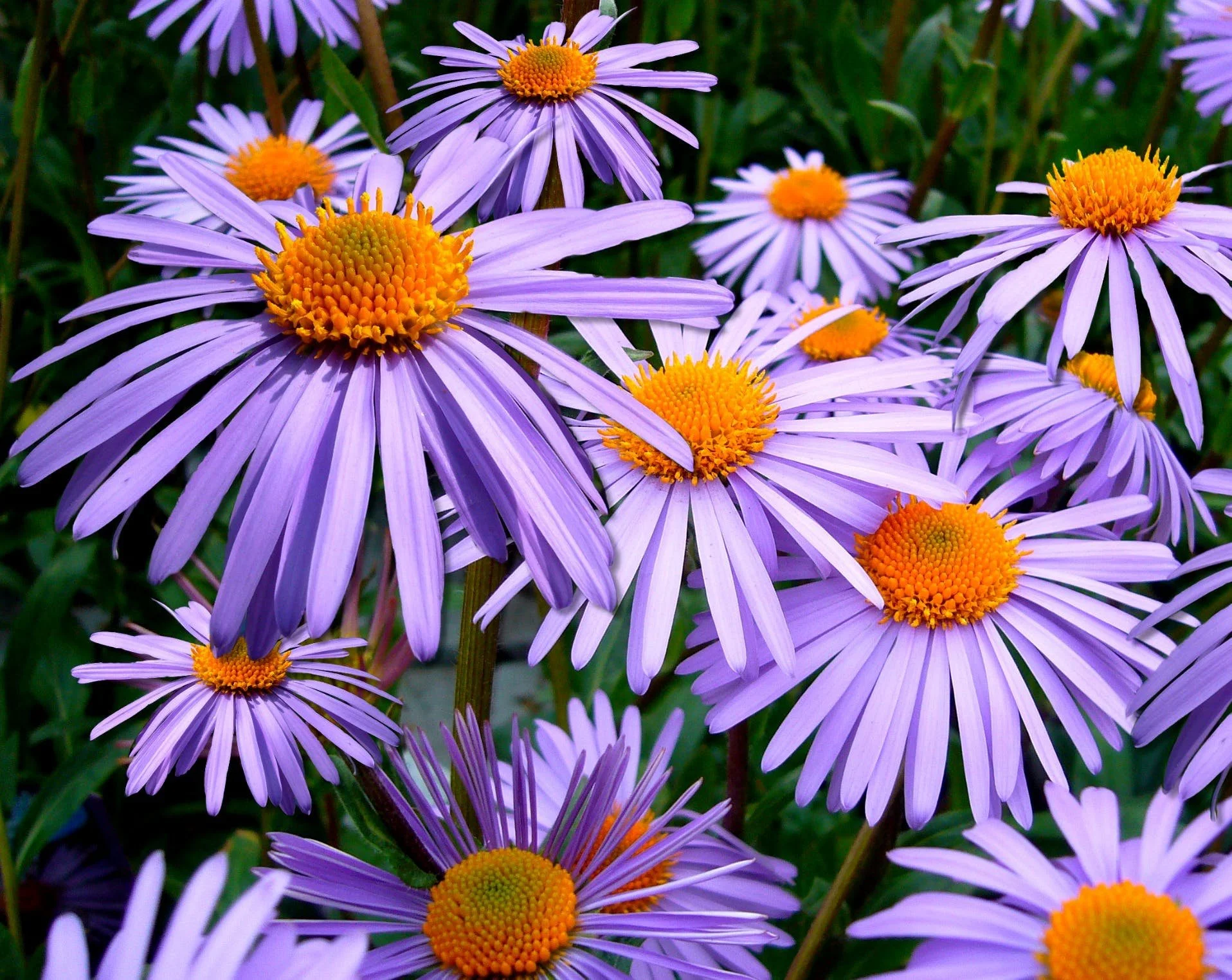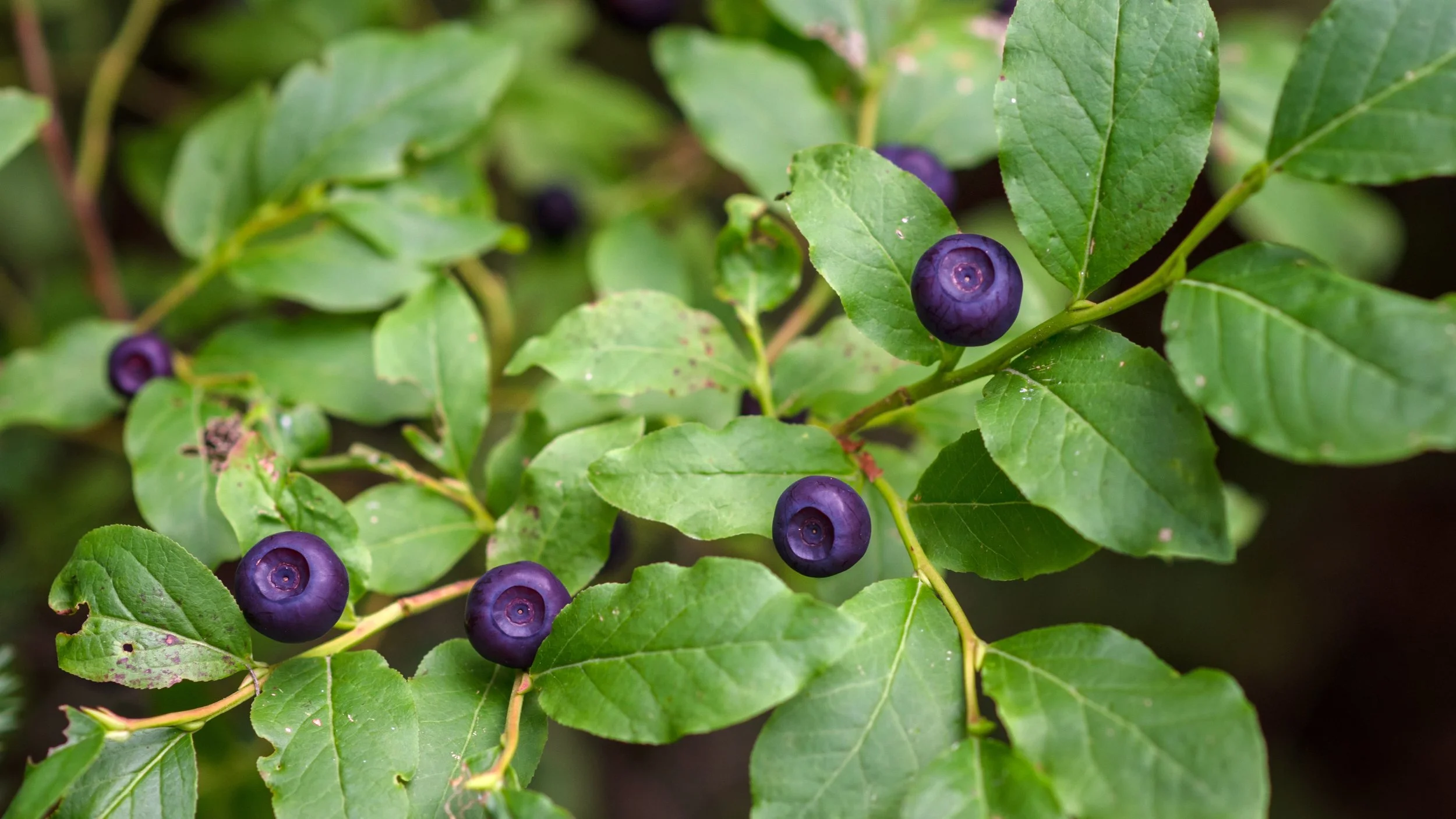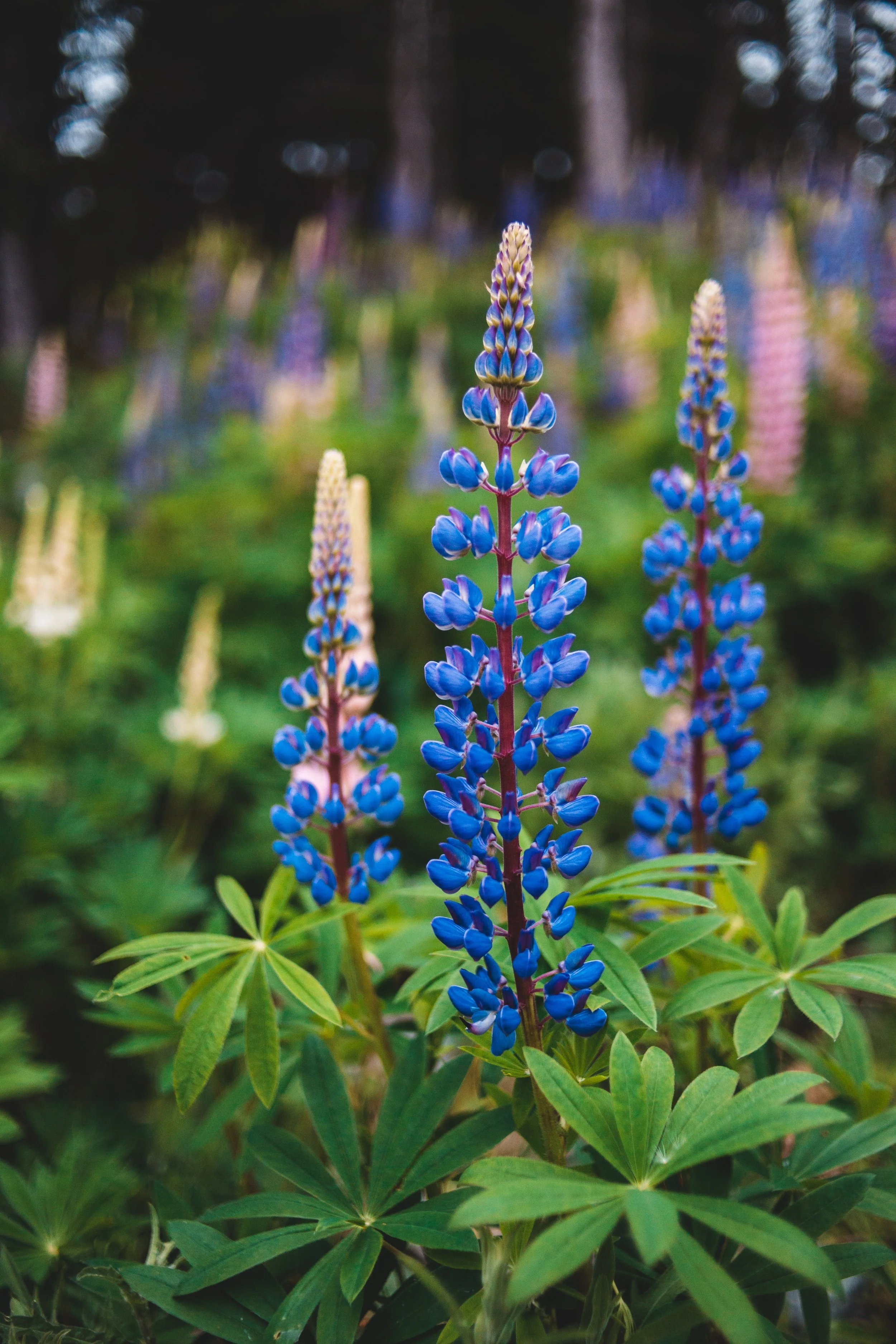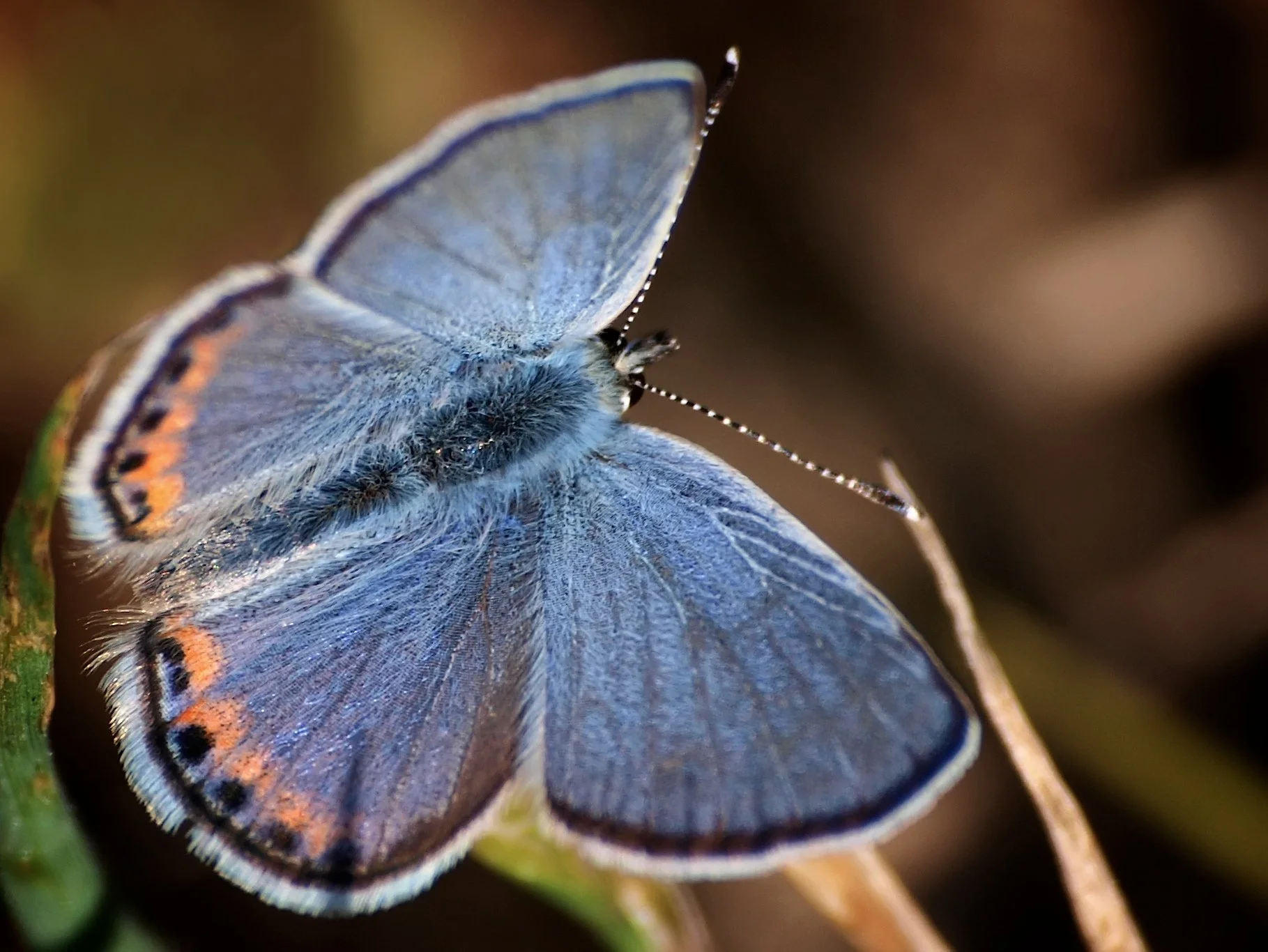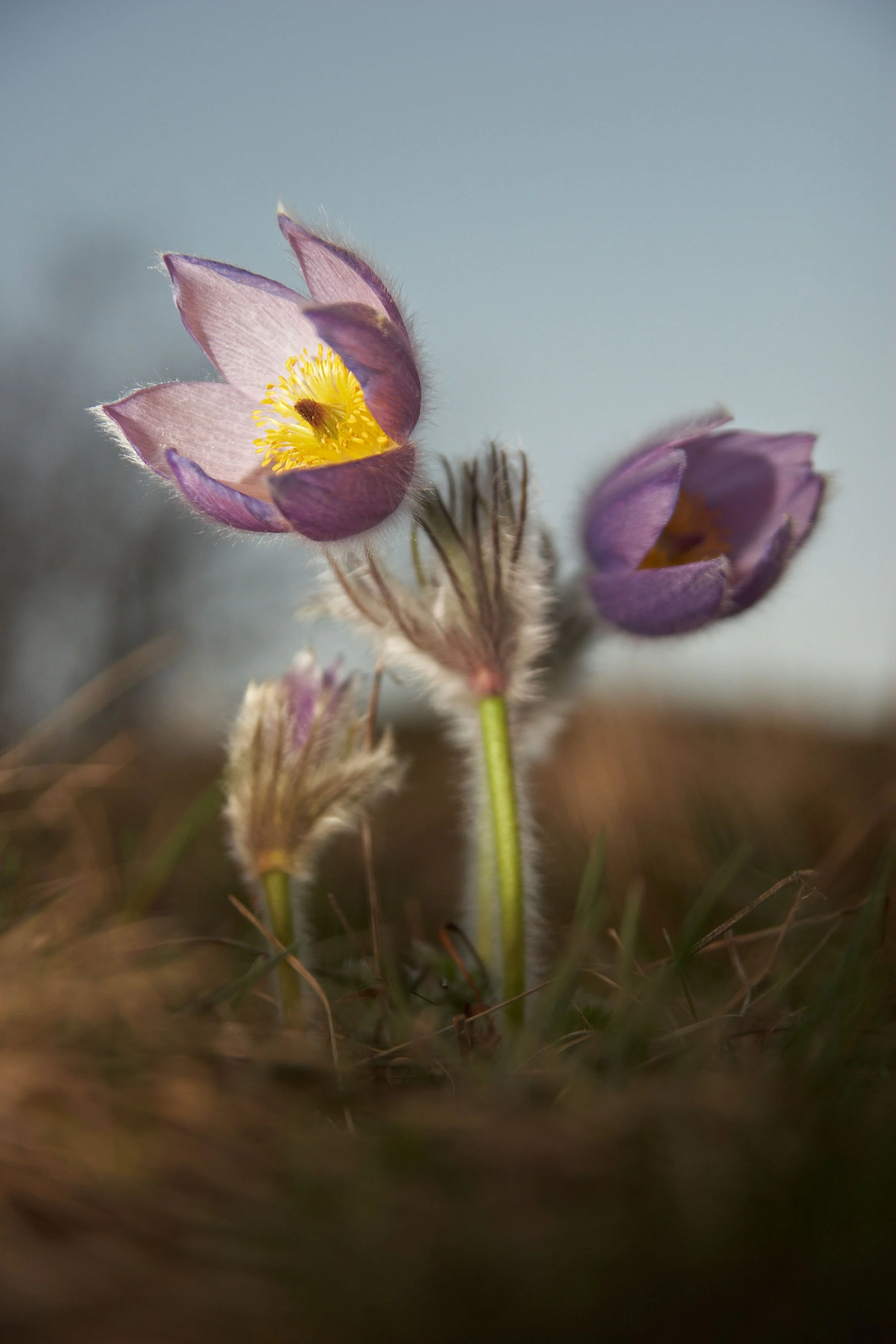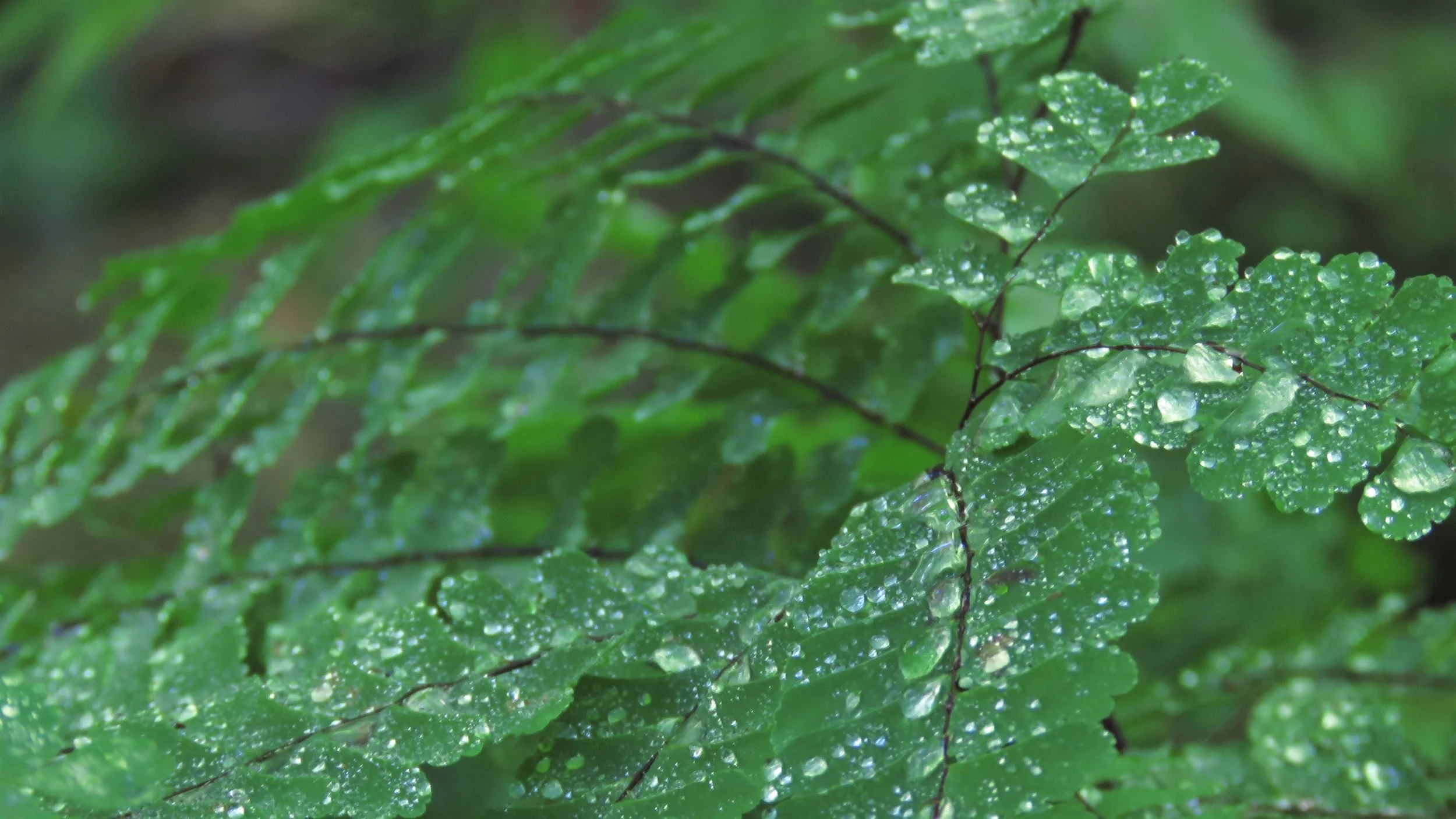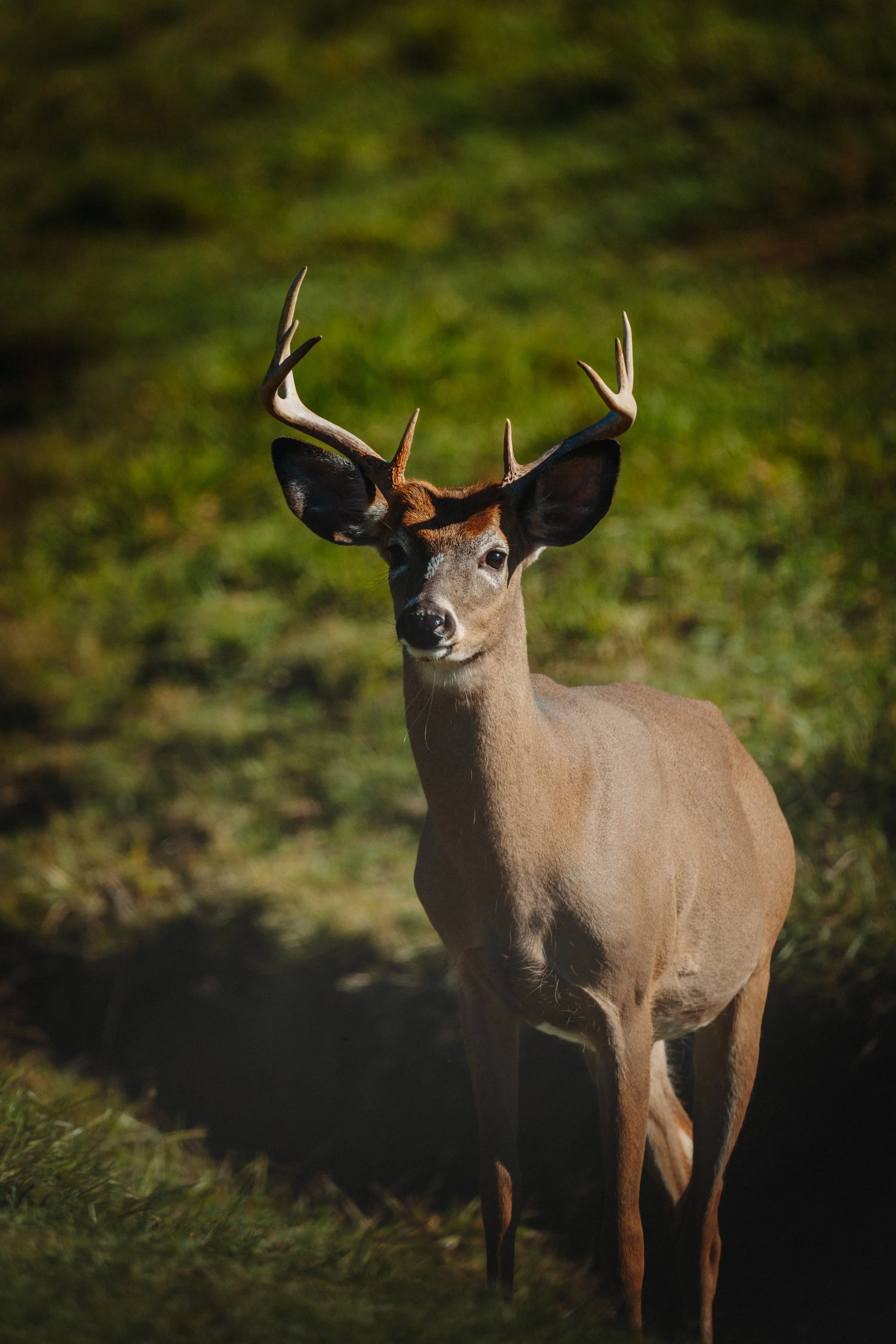Landmark Series—Behind the Bandana: Swiftcurrent Lake, Glacier National Park
Guest User
Nestled amidst the towering, snow-capped peaks, Swiftcurrent Lake is a stunning beauty, with crystal-clear glacial waters that remain refreshingly cool all summer long. No visitor seeking scenic delights in Glacier National Park can miss the Many Glacier Valley. Proximate to the park's largest lodging facility, the Many Glacier Hotel, the lake boasts mesmerizing views of Grinnell Point and Mount Wilbur, leaving any nature enthusiast spellbound. The abundant region takes some effort to reach but offers an array of outdoor activities like canoeing, kayaking, fishing, hiking, and camping, making it a haven for modern explorers, and nature enthusiasts.
(Source: Wikimedia Commons: Gpkp)
Here is a closer look at the featured species:
Aster
Genus Melanoplus Grasshopper
Harebell
Huckleberry
Lupine
Lupine Blue Butterfly
Prairie Pasqueflower
Thimbleberry
Western Maidenhair Fern
White-Tailed Deer
FIELD GUIDE:
Land Acknowledgement:
Glacier National Park is located in the ancestral homelands of the Amskapi Piikani (the Blackfeet Nation of Montana), the Niitsítapi (the Blackfoot Confederacy), the Séliš (Salish), Ql̓ispé (Pend d’Oreille or Kalispel), and Ktunaxa (Kootenai). The state of Montana recognizes the First Nations peoples, these tribes are the original and longest-serving stewards of the lands.
#1. Aster (Asteraceae)
Aster, derived from the Greek word for "star," is a vast genus of around 180 species of herbaceous plants, boasting daisy-like composite flowers with a central disc in yellow surrounded by colorful ray florets in shades of blue, purple, pink, and white, making them attractive to bees, butterflies, and other pollinators. Asters have cultural and symbolic significance representing love, patience, and elegance. In addition to their aesthetic and symbolic value, certain aster species are used as a vegetable in cuisines, while dried petals can be used as a natural food coloring agent, and they also possess potential medicinal properties.
#2. Genus Melanoplus Grasshopper (Melanoplus)
Melanoplus grasshoppers, commonly known as spur-throated grasshoppers, belong to the family Acrididae and are characterized by robust bodies and strong hind legs, adapted for jumping. Their varying shades of brown, green, and gray provide excellent camouflage in natural habitats. Like all grasshoppers, Melanoplus undergo incomplete metamorphosis, consisting of egg, nymph, and adult stages. Male Melanoplus produce mating calls by stridulating, rubbing their hind legs against their wings to create sound.
#3. Harebell (Campanula rotundifolia)
Harebell, a perennial herbaceous plant with slender stems and beautiful blue-violet bell-shaped flowers, is a pollinator favorite. Blooming from late spring to early autumn, these delicate flowers nod gracefully on their slender stems. In folklore, Harebell holds a mystical association with fairies, believed to ring like a bell when rung and summon these magical beings.
#4. Huckleberry (Vaccinium)
(Source: Wikimedia Commons, Bruno.karklis)
Huckleberries, small and dark purple or blue in color, are delightful berries that grow on shrubs. Similar in appearance to blueberries, they offer a unique and intense flavor, described as a delightful blend of sweet and tart, with a rich, wine-like taste. Not only are huckleberries delicious, but they are also a nutritional powerhouse, being low in calories and high in fiber, antioxidants, and essential vitamins such as vitamin C and vitamin K.
#5. Lupine (Lupinus)
Lupine is a showstopper and ecosystem harmonizer. Lupine plants are renowned for their vibrant, pea-like flowers with ranging hues from blue, purple, pink, red, yellow, and white. A popular pollinator destination, Lupine flowers sustain bees, butterflies, and hummingbirds. In addition to producing abundant nectar, they also convert atmospheric nitrogen into a form that plants can use, enriching the soil.
#6. Lupine Blue Butterfly (Plebejus lupini)
(Source: Wikimedia Commons, Magnus Manske)
The Lupine Blue Butterfly is a magnificent creature with stunning vibrant blue wings adorned with black borders and white markings. In males, the blue is even more brilliant compared to females. Underneath their wings, you'll find a blend of grayish-brown with orange spots and distinct black-and-white patterns. These beautiful butterflies have a special mutualistic bond with specific ant species. Caterpillars release a sweet substance that attracts ants, who then provide protection against predators. You can spot these enchanting creatures gracefully fluttering through the air during the summer months.
#7. Prairie Pasqueflower (Pulsatilla patens var. multifida)
(Source: Wikimedia Commons: Spock lone wolf + El Grafo)
The Pasque flower, a breathtaking genus of flowering plants native to North America, Europe, and Asia, boasts showy, bell-shaped flowers and attractive seed heads. Its leaves appear in a beautiful gray-green and are covered in fine hairs, along with the plant's stems, leaves, and buds. With 5-7 petal-like sepals in a rainbow of colors, including blue, pink, red, yellow, white, and purple, these low-growing flowers range from 1-4 inches wide. Blooming prior to leaf appearance around late March to early April, the Pasque flower serves as one of the first signs of spring, particularly in colder climates. Be mindful of the plant's toxicity containing heart-slowing toxins. Other common names are windflower, prairie crocus, and prairie smoke, reflecting the beauty of its wind-blown seed heads. The Pasque flower blooms in early spring around Easter time, with the name "Pasque" meaning Easter, reflecting the season of new beginnings and growth.
#8. Thimbleberry (Rubus parviflorus)
(Source: Wikimedia, Ser Amantio di Nicolao + Philippe Giabbanelli)
Aptly named for its charming resemblance to a thimble, the Thimbleberry is loved by humans and wildlife alike. This tart edible berry boasts a woody, thornless stem reminiscent of a grapevine. Its fuzzy, five-lobed leaves can grow larger than a person's outstretched hand, earning it the endearing nickname of nature's toilet paper for its gentle touch. This trail-side snack is a great source of vitamin C!
#9. Western Maidenhair Fern (Adiantum aleuticum)
(Source: Wikimedia Commons: ™)
Deep in the heart of moist, shady woodlands, ravines, and along the banks of babbling streams, thrives the Western Maidenhair Fern. With a preference for well-drained, humus-rich soil, this enchanting fern dances with delicate, fan-shaped fronds that shimmer a light green hue. These graceful fronds are adorned with smaller leaflets, like nature's lacework, arranged in a pinnate pattern. As the sun kisses the fern's surface, each exquisite leaflet celebrates the fern's ability to shed water, as told by its Greek-inspired genus name "Adiantum" - meaning "unwetted" or "unwettable."
#10. White-tailed deer (Odocoileus virginianus)
Admired for their majestic beauty, these magnificent creatures proudly display a raised white underside of their tail as a sign of alarm. Throughout the seasons, their coats transform, donning reddish-brown hues in the summer and grayish-brown shades in the winter. With bellies and throats as white as newly fallen snow, it's no wonder they bear the name "White-tailed" deer.
Ready to geek out on more nature facts? Head over to our Landmark Series page for more.





